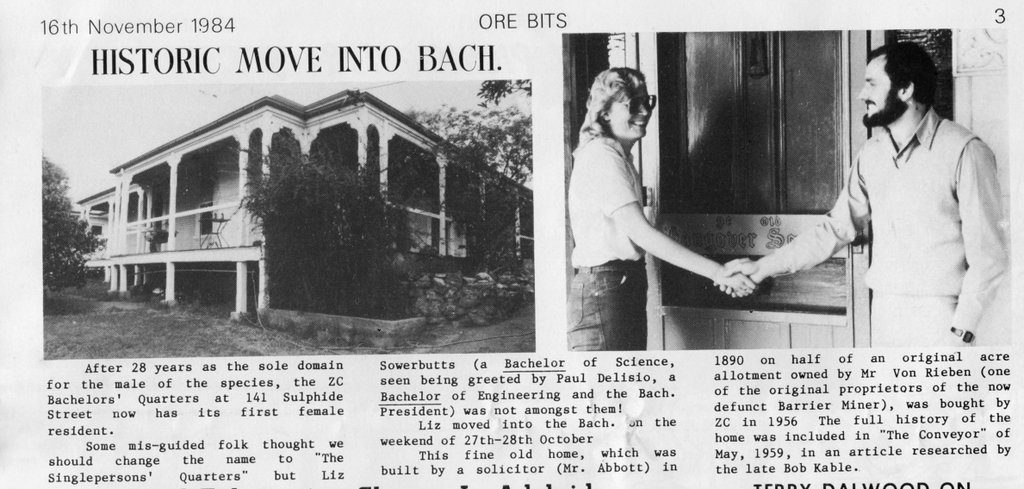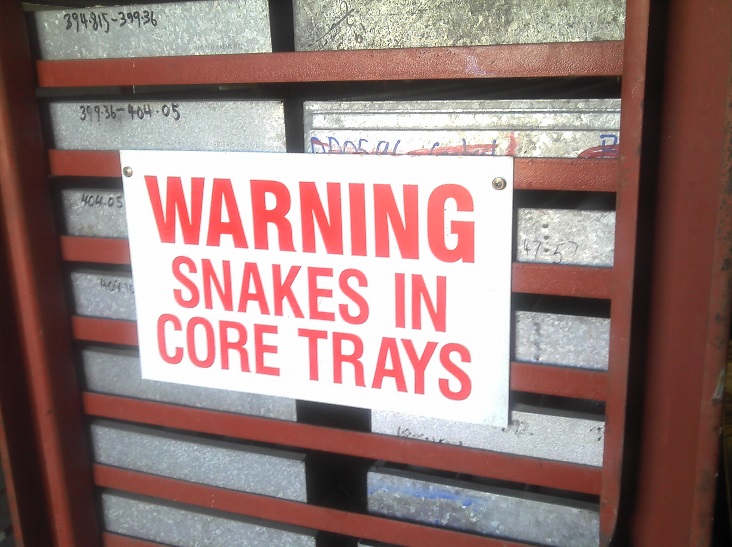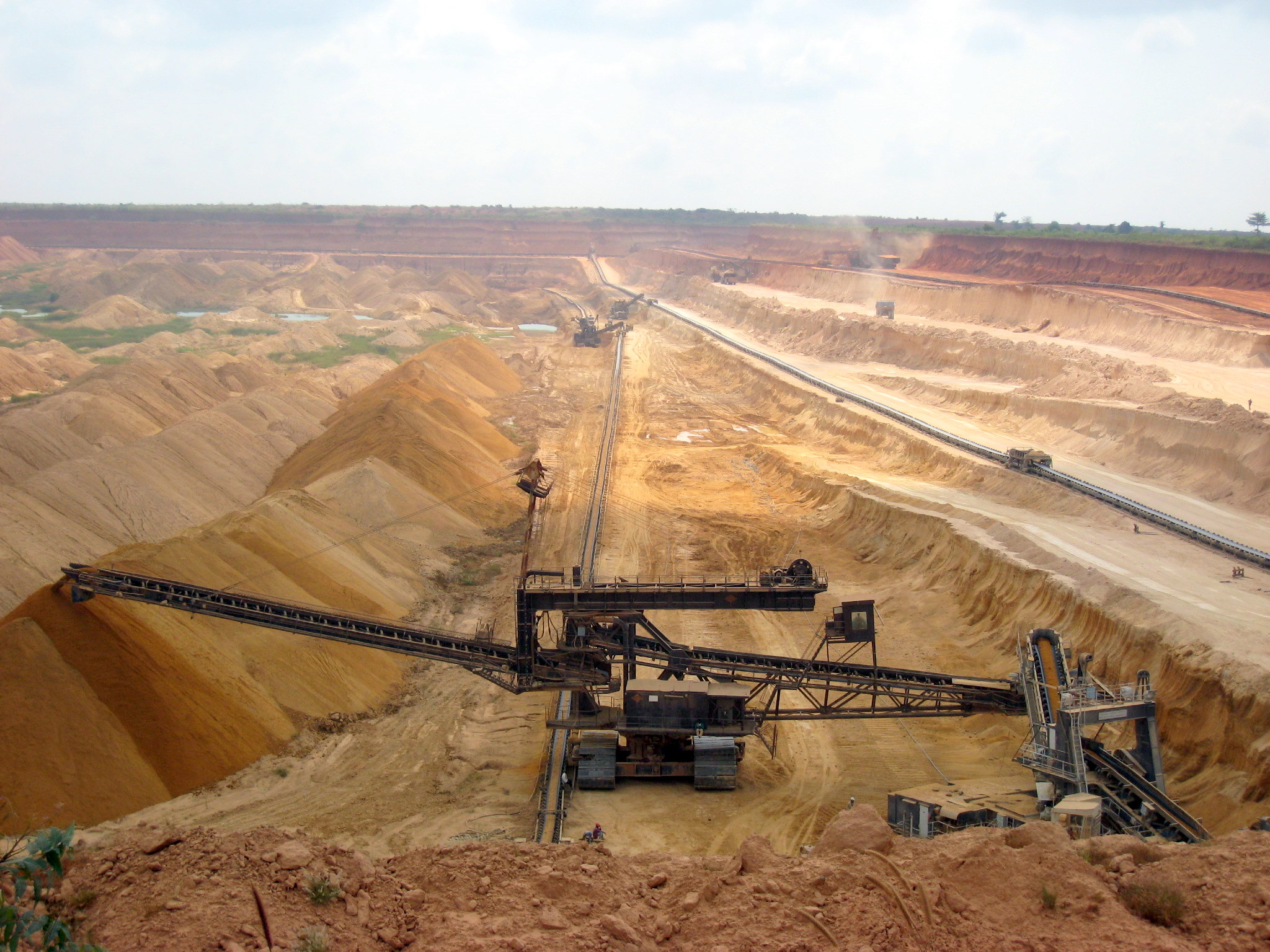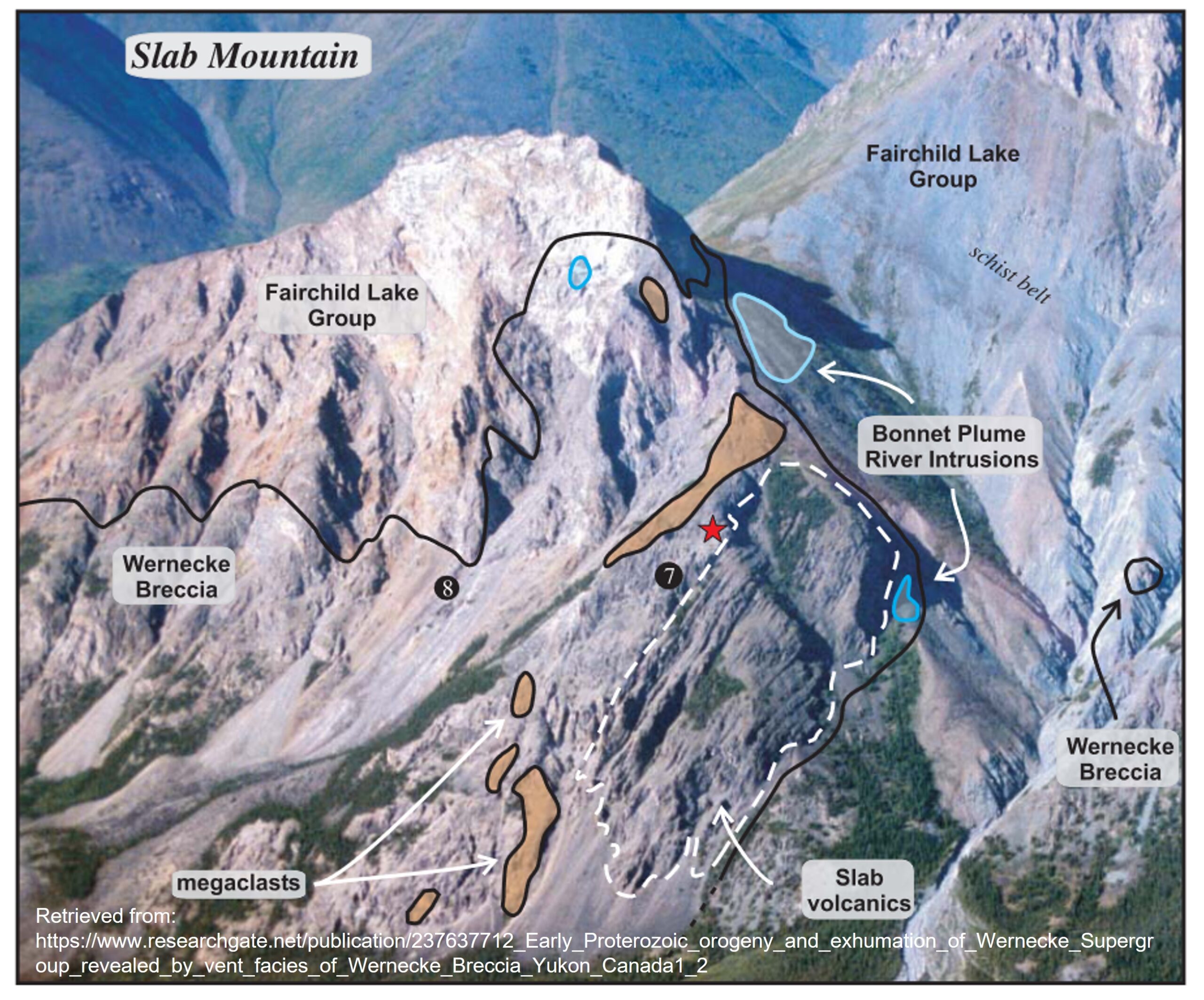Community engagement is no longer optional for junior explorers. Earning your social license to operate is as important as any geophysical survey, geochemical sampling program or drill campaign to advance a promising exploration project toward an operating mine. A social license to operate (SLO) is permission from the project-affected community to carry out work according to mutually-agreed guidelines.
The rules and goal-posts are unique to each and every project and a SLO can be removed as swiftly as it is issued. But, as demonstrated by recent protests and hold-ups to oil pipeline projects in western Canada, sometimes social license is the only thing that counts.
Who issues a SLO?
There is no regulatory body to grant social licenses to mining and exploration companies and they cannot be bought. Some companies have been known to imply, through carefully-crafted wording, that they have a built-in license to operate anywhere. But this deliberate use of language and terms to imply that an actual license has been granted by a regulator can be confusing for communities.
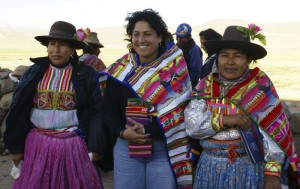
In most cases ‘community’ refers to a group or groups of people living in the geographic area around the project. In exploration and mining terms, a community is likely to be a mix of near neighbours, Indigenous peoples, regulators, governments, customers and suppliers, local councils and project employees and contractors.
But in a world increasingly lived online, communities extend far beyond local or geographic project boundaries.
Communities can include people living further away but who have an active interest in the project area. People who identify as Traditional Owners or First Nations may live some distance from the project area but maintain a cultural attachment, or employees, contractors and suppliers may work onsite but live with their families further away.
Irrespective of the composition, each project community is still a group of individuals who all come with unique attitudes towards mining and development, and a mix of political and cultural beliefs.
Engaging with the community
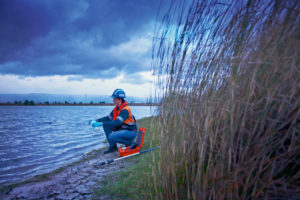
Most companies now have a corporate social responsibility (CSR) strategy to outline how they will interact with communities and protect the environment. CSR refers to the voluntary actions related to their social, economic and environmental performance, above and beyond the legal and contractual obligations of the project.
This isn’t unique to the mining and exploration industries. Apple, for example, regularly reports on its responsibilities, including the fair treatment, health and safety of all the workers in their supply chain, the company’s environmental impact and the transparency of their performance in these areas.
Beyond the greenwash
CSR tends to be divided into community engagement and environmental stewardship, though there is obviously overlap between the two.
Accusations of greenwash – where companies tend to exaggerate the extent of their environmental performance – are often directed at the mining industry, but in general our industry views its responsibility to protect the environment as essential to maintaining our privilege to operate.
The environmental legacy left behind after a mine is closed is the ultimate measure of a company’s environmental responsibility. Minimizing the footprint and reclaiming the area disturbed is as important as the scoping and planning activities before extraction begins.
SLO and steady wins the race
There is no magic formula to earning a social license to operate, but here are some of the basic steps followed by successful companies;
- Go above and beyond regulatory compliance requirements and the best industry standards
- Make efforts to understand your specific project community, especially their understanding of the local environment
- Help the community identify their greatest needs, concerns and sensitivities and together define the issues
- Include the community in planning to help address these concerns
- Communicate clearly when it comes to time scales and expectations, they don’t always match up.
Further reading
Numerous organisations are publishing guidelines on this topic, including;
- The MiningFacts.org website has a good Q&A for Mining & Community Concerns
- Mining Association of Canada explains Corporate Responsibility in more detail
- The Prospectors & Developers Association of Canada (PDAC) developed e3 Plus to help exploration companies continuously improve their social, environmental, and health and safety performance.
- The International Council on Mining and Metals (ICMM) also have plenty of useful resources
Subscribe for Email Updates


